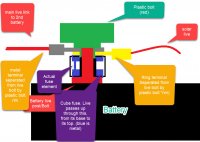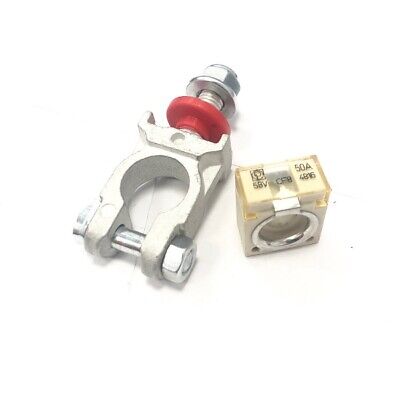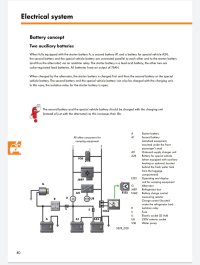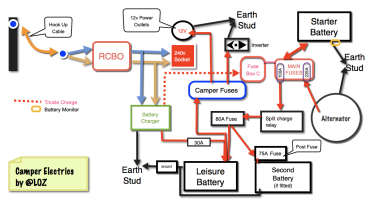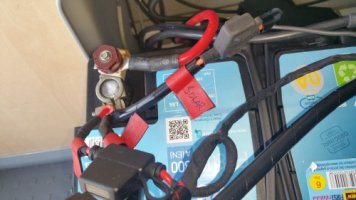WelshGas
Retired after 42 yrs and enjoying Life.
Super Poster
Lifetime VIP Member
This really only applies to the SE/Ocean that have 2 x Leisure Batteries.
The 2 Leisure Batteries are connected in Parallel with a 50/75amp Cube fuse between the rear battery and the +tve lead from the front battery. All the power take off for the Leisure circuits [ fridge, water, parking heater and lights/sockets ] come from the Front Battery.
If the 50/75amp cube fuse blows [ it is very fragile ] then the rear battery is disconnected and you reduce your onboard battery capacity by 50%. You will only know this has happened when your time off-grid plummets.
If you have a Solar Panel then it is normally wired onto the rear battery connector with the +tve lead from the front battery so it is then connected to the rear battery via the 50/75amp cube fuse.
If you use a voltmeter in a 12v Leisure Socket or even the Control Panel you will see the voltage rise when the Solar Panel is active. Unfortunately you will see the same voltage rise if the 50/75 amp cube fuse has failed.
However, if you wire the Solar Panel +tve lead underneath the 50/75 amp cube fuse or directly to the +tve pole of the rear battery you will Only see this voltage rise if the 50/75 amp cube fuse is fully functional, thus getting advanced warning.
There are a number of reasons the cube fuse can fail. It is a fragile ceramic block that is easily damaged by movement or over tightening . If it fails once it could be due to damage but 2 x in quick succession then it could be an electrical problem that needs sorting.
The 2 Leisure Batteries are connected in Parallel with a 50/75amp Cube fuse between the rear battery and the +tve lead from the front battery. All the power take off for the Leisure circuits [ fridge, water, parking heater and lights/sockets ] come from the Front Battery.
If the 50/75amp cube fuse blows [ it is very fragile ] then the rear battery is disconnected and you reduce your onboard battery capacity by 50%. You will only know this has happened when your time off-grid plummets.
If you have a Solar Panel then it is normally wired onto the rear battery connector with the +tve lead from the front battery so it is then connected to the rear battery via the 50/75amp cube fuse.
If you use a voltmeter in a 12v Leisure Socket or even the Control Panel you will see the voltage rise when the Solar Panel is active. Unfortunately you will see the same voltage rise if the 50/75 amp cube fuse has failed.
However, if you wire the Solar Panel +tve lead underneath the 50/75 amp cube fuse or directly to the +tve pole of the rear battery you will Only see this voltage rise if the 50/75 amp cube fuse is fully functional, thus getting advanced warning.
There are a number of reasons the cube fuse can fail. It is a fragile ceramic block that is easily damaged by movement or over tightening . If it fails once it could be due to damage but 2 x in quick succession then it could be an electrical problem that needs sorting.




